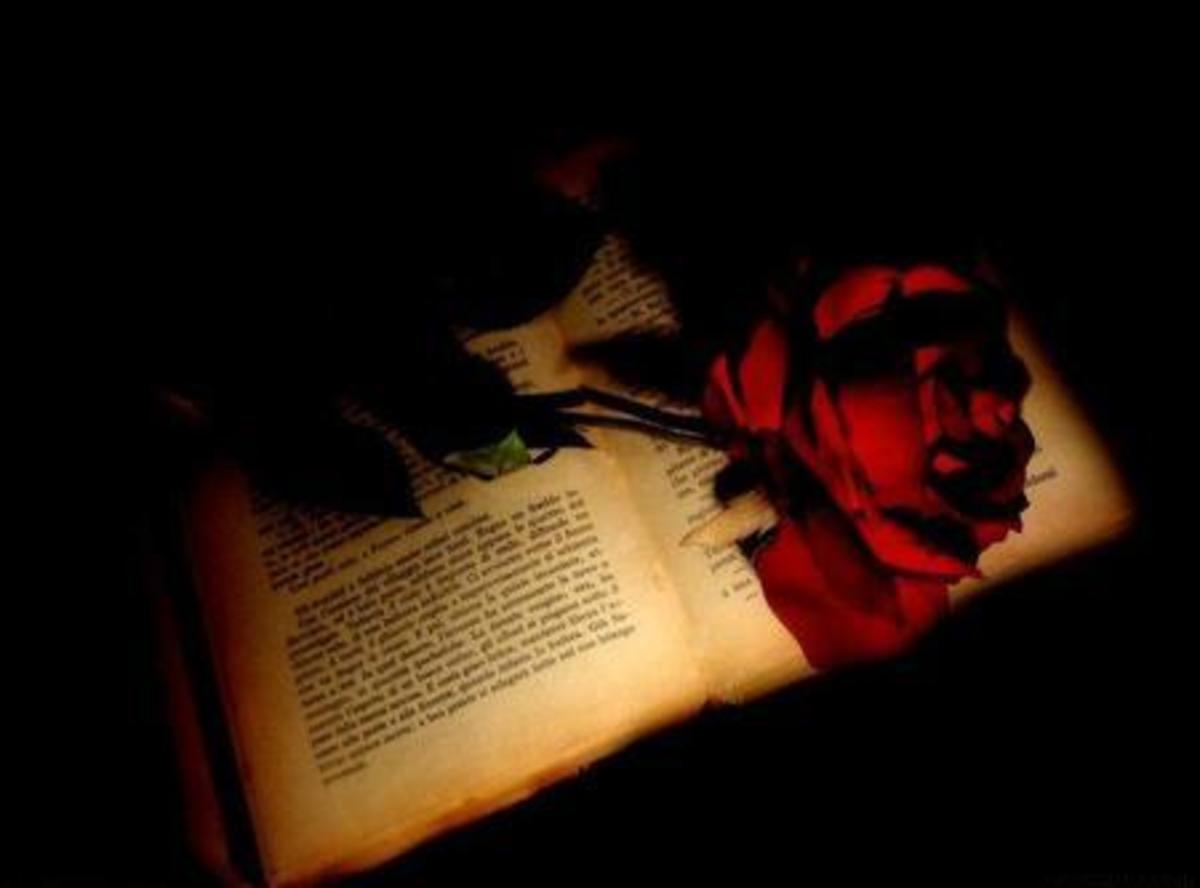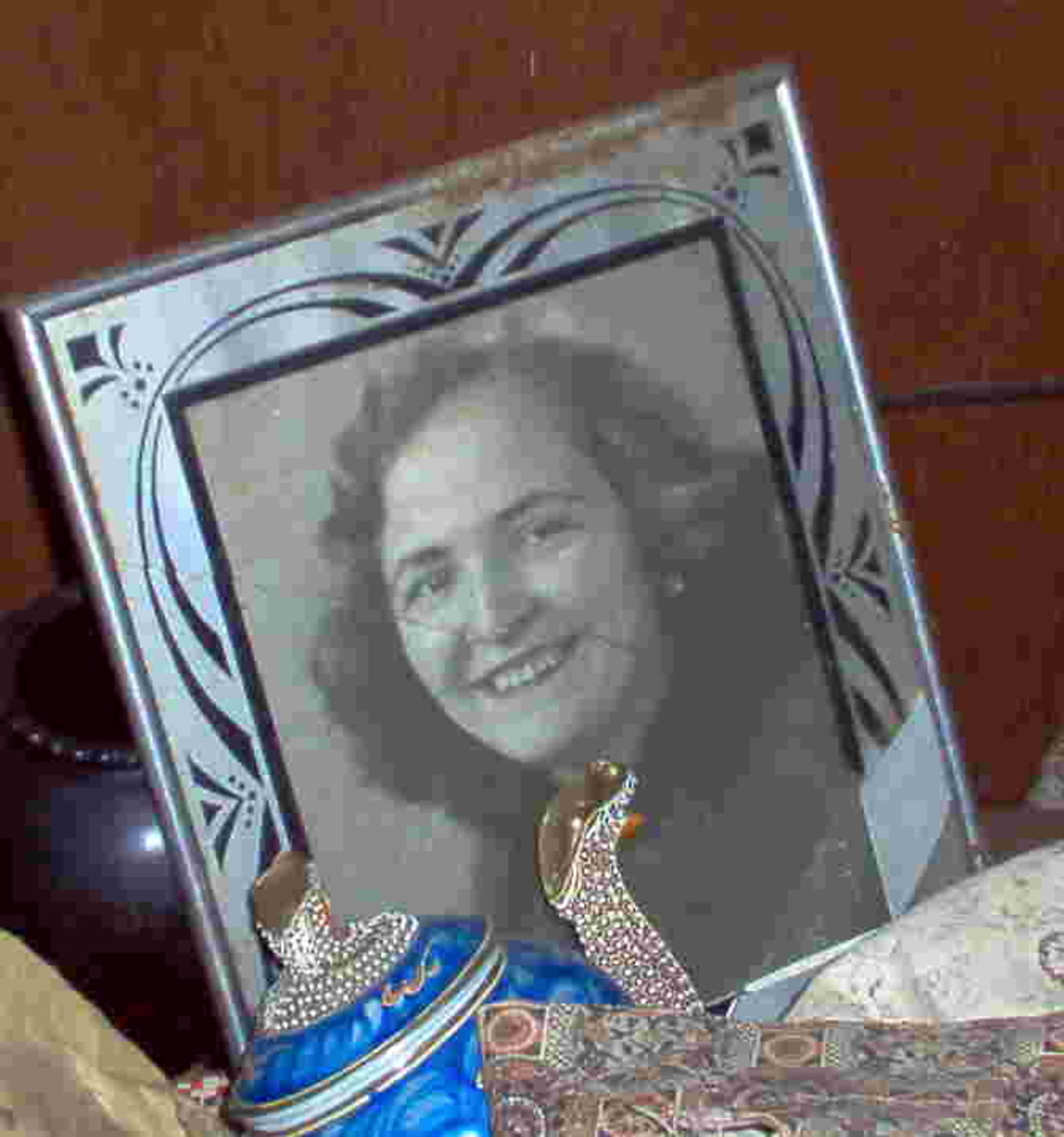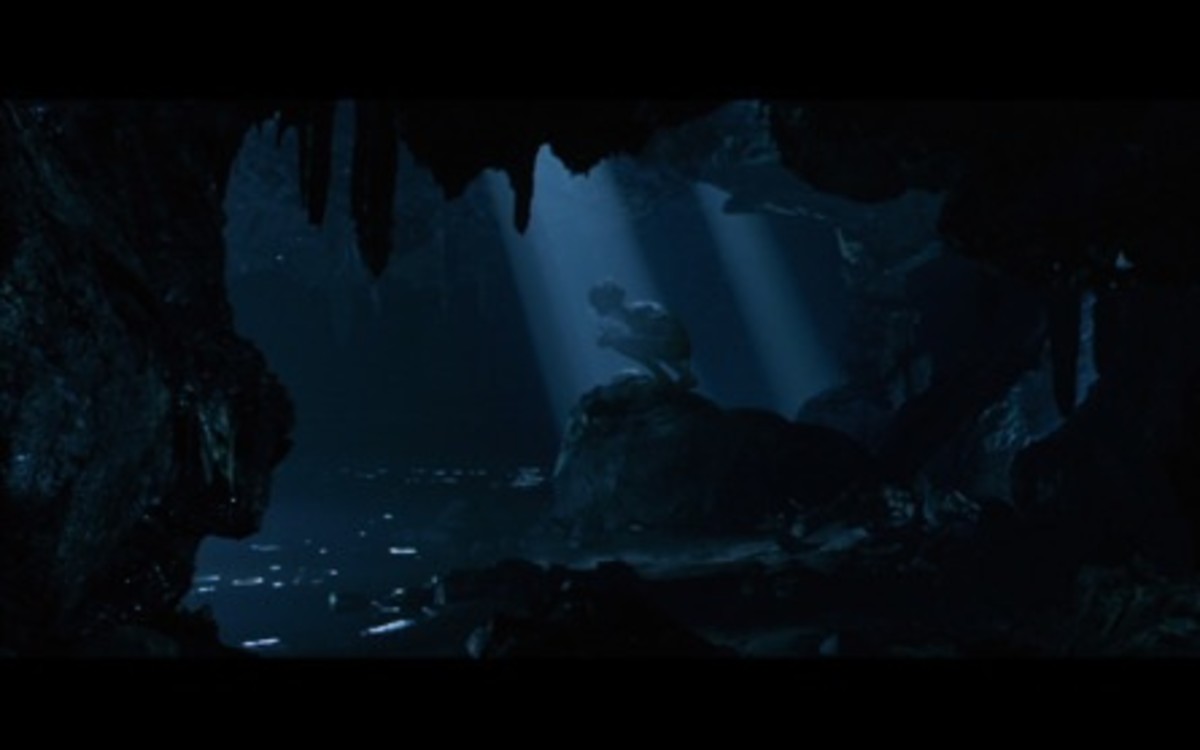A Book Review the Relationship Between Fiction and Reality in the Novel "Mister Pip" by Lloyd Jones

Lloyd Jones
Lloyd Jones is a writer from New Zealand. He was born in 1955 in Lower Hutt close to Wellington. He attended Hutt Valley High School and later studied at Victoria University, Wellington. Throughout his life he has worked as a journalist and a consultant. Later he took up writing. His writing has earned him accolades as in 1989 he received the Meridian Energy Katherine Mansfield Memorial Fellowship. This is considered one of New Zealand’s prestigious literary awards. Lloyd Jones is a powerful writer from New Zealand and one realizes that there is more to writing English than just in USA and England.
Lloyd Jones and his Novel “Mr Pip”
Lloyd Jones has written several novels, short stories, and children’s books. Out of his entire published work, his novel Mr Pip has won international recognition. It was published in 2006 and is his best selling novel.
The Plot
The story narrated by Jones shows that he is a master of mixing fiction with reality. The story relates to the 1990′s Bougainville blockade by Papua New Guinea. Bougainville is the largest of the islands and is part of New Guinea. Bougainville is rich in copper and control of this metal led to the blockade and civil war. Lloyd Jones covered the war as a journalist and thus was an eye witness to the traumatic events on the island.
The novel starts with the narrator, a thirteen-year-old black girl, Matilda Laimo. She is the main character of the novel and lives in a shack with her devout mother Dolores. The background to the novel is the civil war between rebel forces called the Rambo’s and the government soldiers, called the Redskins.
Jones relates that Matilda’s father works for a mining company in Townsville, Australia. He goes there after the closure of the copper mines. His wife and daughter are unable to join him as a blockade is enforced by New Guinea.
The Horror and Imaginary world of Dickens
There is horror all around. Matilda and other children however have an outlet. A man named Mr. Watts reads them chapters of the book ‘Great Expectations’ written by Charles Dickens. Thanks to Mr Watts they are transported into an imaginary 19th century Victorian world created by Charles Dickens. Mr Watts is a teacher and the only white person who remains on the island, despite the civil war. His reason for staying back is his native wife, Grace with whom he fell in love while she was a student in New Zealand.
The children are fascinated by the main character, the orphan teenager, Pip. They spontaneously relate to him. Matilda in particular comes under the spell of Pip. She is so engrossed that she writes his name in the sand on the beach. She does not realize at that time that this simple deed will bring about the savage killing of Mr Watts and her mother by the Redskins, who think that Pip is one of the rebels concealed by the natives.
Later in the novel, Matilda reads Great Expectations and discovers that Mr Watts had not read the original story by Dickens, but his own version of the novel. This shows that Mr Watts is a powerful story teller. He recounts his own story to the entire community who listen to this tale are all mesmerized by it.
Assessment: Fiction entwined with Reality
The novel is fascinating, thought provoking and captivating. It relates another story inside the original story. It’s a novel that opens a world of escapism to an oppressed people. It is thus a novel that entwines fiction with reality. On one hand is the war and the blockade and on the other hand is the fantasy of the world of Charles Dickens and Victorian England of the 19th century.
Last Word
This novel won the Commonwealth Writers’ Prize. It was shortlisted for the Man Booker Prize for fiction in 2007. The book is adapted for a feature film which was released in 2012.Presently Lloyd Jones resides in Wellington, New Zealand. Lloyd Jones deserves accolades for writing this novel in New Zealand and making it to the world stage as far as literature is concerned. There are very few writers who have made a mark from New Zealand and for thsi reason alone the effort of Lloyd Jones deserves credit






